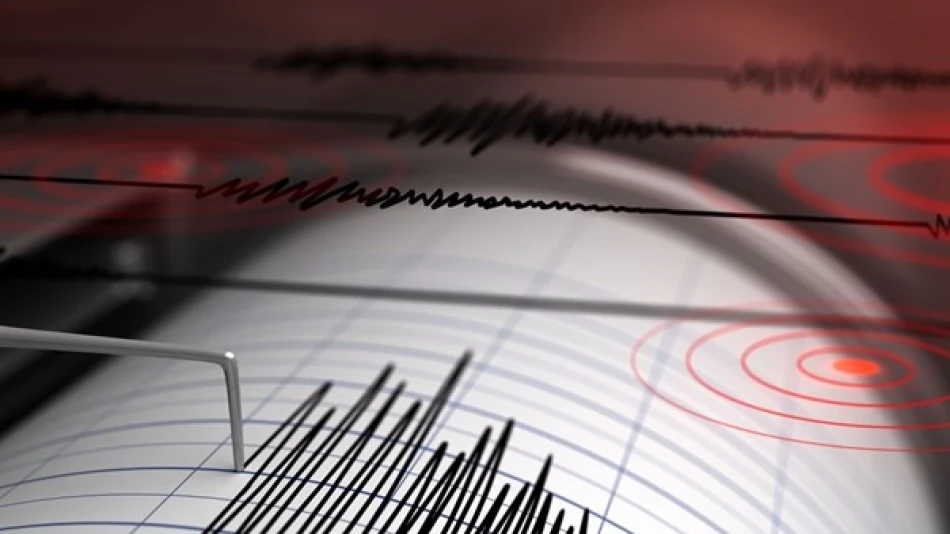
Powerful Earthquake Rocks Australia's Eastern Coast, Causing Widespread Tremors and Concern
4.9 Magnitude Earthquake Strikes Queensland, Cutting Power to 11,000 Properties
A moderate earthquake measuring 4.9 on the Richter scale struck near Australia's east coast on Saturday, temporarily disrupting power supplies to thousands of homes and businesses in Queensland. While the tremor was widely felt across the region, authorities quickly ruled out any tsunami risk, highlighting Australia's relatively stable seismic profile compared to its Pacific Ring of Fire neighbors.
Seismic Details and Geographic Impact
The European-Mediterranean Seismological Centre initially reported the earthquake at a magnitude of 5.7 before revising it down to 4.9. The quake occurred at a shallow depth of 10 kilometers (6.2 miles), with its epicenter located in the rural town of Kilkivan, approximately 170 kilometers northwest of Brisbane, Queensland's capital city.
The shallow depth likely contributed to the earthquake being widely felt across the region. According to Geoscience Australia, more than 9,000 people reported feeling the tremor, indicating significant ground motion despite the moderate magnitude.
Infrastructure Response and Power Disruptions
The most immediate impact came through power disruptions, with government energy distributor Energex reporting approximately 11,000 properties lost electricity following the seismic event. This level of infrastructure disruption, while significant for the immediate area, demonstrates the vulnerability of electrical grids to even moderate seismic activity.
The Australian Bureau of Meteorology quickly assessed the situation and confirmed no tsunami threat existed for Queensland's coastline, providing crucial early reassurance to coastal communities.
Australia's Seismic Context
While Australia sits on a relatively stable continental plate compared to seismically active regions like Japan or Indonesia, the continent does experience regular earthquake activity. Queensland, in particular, has seen several notable seismic events in recent years, though they rarely cause significant structural damage.
The quick response from multiple agencies—including Geoscience Australia, the Bureau of Meteorology, and utility companies—reflects the country's well-developed earthquake monitoring and response systems. This coordinated approach helps minimize public anxiety and ensures rapid assessment of potential risks like tsunamis or infrastructure damage.
Regional Preparedness
Saturday's earthquake serves as a reminder that even geologically stable regions require robust monitoring systems and emergency preparedness. The fact that over 9,000 people reported feeling the tremor through official channels also demonstrates effective public engagement with seismic monitoring efforts, providing valuable data for researchers studying Australia's earthquake patterns.
 Layla Al Mansoori
Layla Al Mansoori







